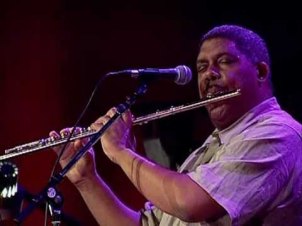I Hate These Blurred Lines: Wrongful Appropriation and Copyrightability in Music Copyright
Academic/copyright post: here’s an abstract (pdf) of a paper that I’ll be presenting with Prof Wendy Gordon next week at Boston University Law School.

This is based in part on an earlier paper that we presented at the Art of Record Production Conference in Aalborg, Denmark in December 2016, a draft of which is embedded below with voiceover and music examples. As this is an academic paper about music copyright, it contains musical excerpts from the original audio recording. My first attempt to embed the video resulted in an automatic takedown (academic fair use YouTube dispute is in progress), so I’m trying again with a Screencast embed. Because the video represents commentary and (not for profit) academic research, I’m continuing to claim fair use. Let’s see how long the audio survives!
Abstract: We have two concerns with music infringement trials: The first concern is the process by which juries decide questions of whether a defendant copied too much from a plaintiff’s work. (This is the inquiry sometimes known as “wrongful appropriation” or “substantial similarity”.) This paper discusses the challenges of methodology in forensic musicology, and the musical and psychological difficulties of applying the ‘substantial similarity’ test fairly and objectively. (Bonadio, 2016; Gordon, 2015). We present an analysis of three disputes, with comparative audio examples – The Isley Brothers/Michael Bolton (2001); Robin Thicke & Pharrell Williams/Marvin Gaye (2015); and Randy California/Led Zeppelin (2016).
Our second concern addresses copyright classifications, in particular, the contested relationship between the creative decisions that give rise to copyrights in “musical works” (compositions) and the creative decisions that give rise to “sound recordings” (sounds as rendered). We suggest that overlap between the two is common and should be better recognized. To illustrate the potential compositional contributions of performers and sound engineers, we utilize audio examples from Newton v. Diamond and other disputes.
References:
Bonadio, E., 2016. Led Zeppelin, plagiarism claims, and why we should be worried about the future of music. The Conversation. URL http://theconversation.com/led-zeppelin-plagiarism-claims-and-why-weshould-be-worried-about-the-future-of-music-57832
(accessed 5.13.16).
Gordon, W., 2015. How the jury in the “Blurred Lines” case was misled. The Conversation.
URL http://theconversation.com/how-the-jury-in-the-blurred-lines-case-was-misled-38751 (accessed 5.13.16).
Lund, J., 2012. An Empirical Examination of the Lay Listener Test in Music Composition Copyright Infringement. Available SSRN 2030509
COPYRIGHT AND FAIR USE NOTICE:
The audio content in the presentation above contains copyrighted material the use of which has not always been specifically authorized by the copyright owner. I am making such material available for educational purposes, in an effort to advance understanding of current academic research in music copyright law. I believe this constitutes a ‘fair use’ of any such copyrighted material as provided for in section 107 of the US Copyright Law. In accordance with Title 17 U.S.C. Section 107, the material on this site is distributed without profit.

Leave a comment